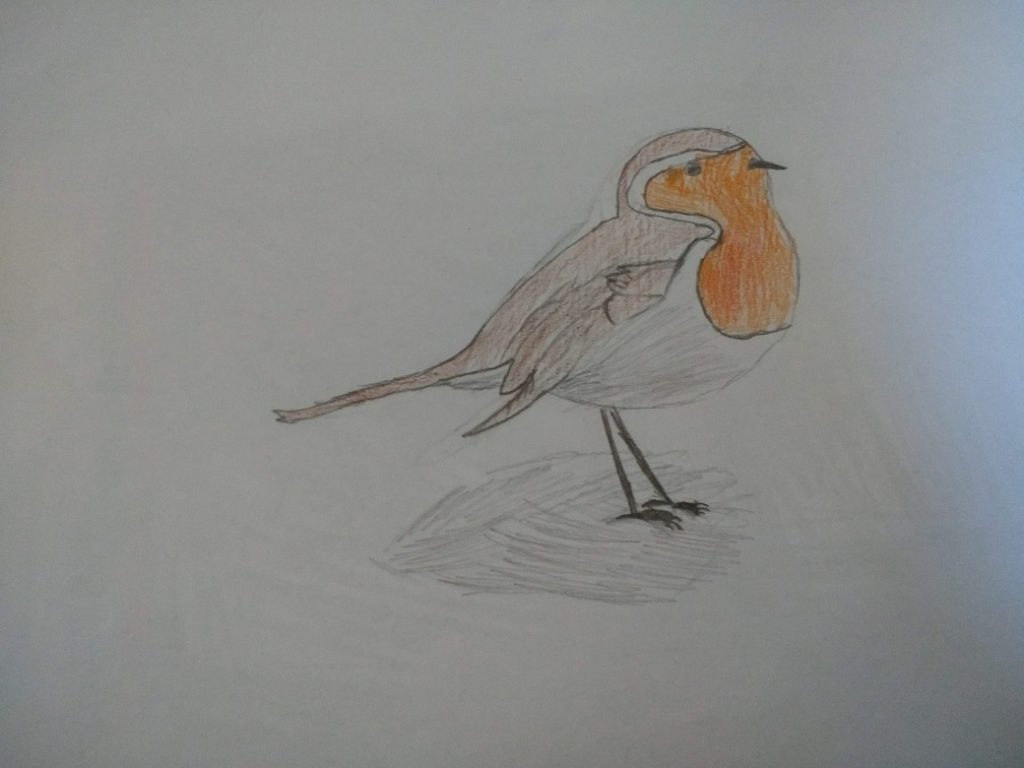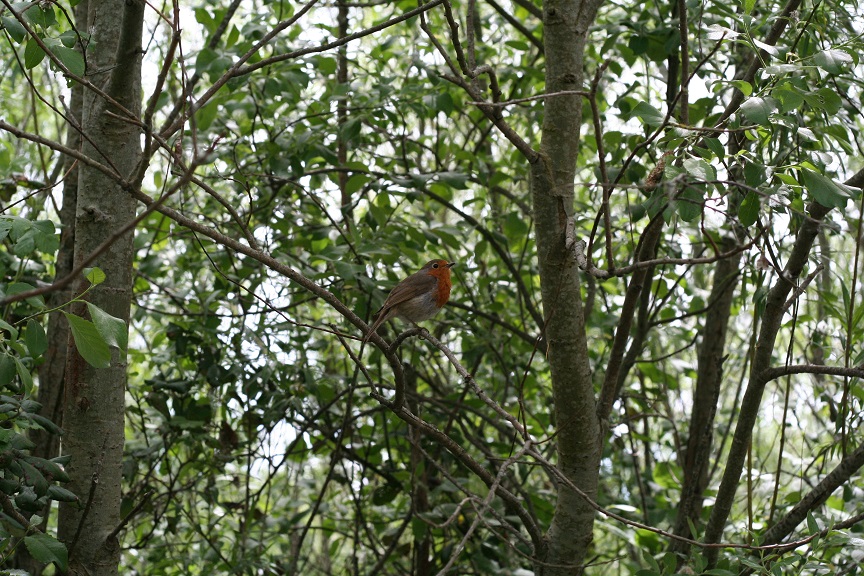We’ve noticed, especially boys, how much more often and clearer we can hear birds since the lockdown started. Their songs wakes us up in the morning (we live near usually very busy street) and follows wherever we go for walks. For me it feels comforting and, in a way, encouraging, a part of this whole situation I enjoy and appreciate.
What is more exciting, we got to see some super rare birds, ones we have never noticed in the Holyrood park before. Not that we are experts on birds, but their song was so specific we simply had to do our research.
One of great sources we used is RSPB Identify a Bird Page.
First one that caught our ears was Grasshopper Warbler – as the name implies, its song is very much insect-like, basically a grasshopper on a rave party. We were lucky enough to locate her in the bushes, so we were certain we made the right identification. The whole encounter was even more special when we realised Grasshopper is endangered and is sadly very rare to see.
And then we really fell in love – a male Bullfinch beautiful in all his pinkish-grey-black colours and very specific whistled call came to our hiding place. I never ever so my boys stay so quiet for so long. All we could do in those seconds was stand still in awe.
Again, the exploration to know more about this amazing bird began. As it happens their history is quite interesting – they were imported from Germany in 1800, to bring entertainment to homes of only the richest people in the world – like the Russian Tsar and Queen Victoria.
Once forest workers in Germany realised these lovely creatures can be thought any folk melody presented to them, they started to take them as young birds and train them for a few months until they were able to whistle the tune they were taught perfectly. Usually they were able to learn one melody but some of them got to sing two or even three which made them more precious than gold. Today of course this is not allowed.
More on Bullfinch the Master Mimic.
We don’t have photos of this rare beauties, but we did ‘catch’ one of our more frequent guests (as seen on the pic above) – a Robin. Inspirational as only nature can be, it took only a few minutes for boys to get all creative on paper once we were back home.

“Children learn from anything and everything they see. They learn wherever they are, not just in special learning places.” (John Holt)

